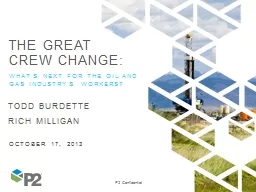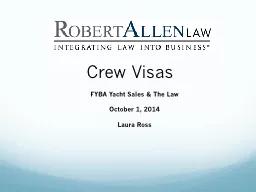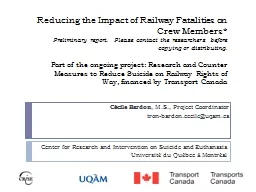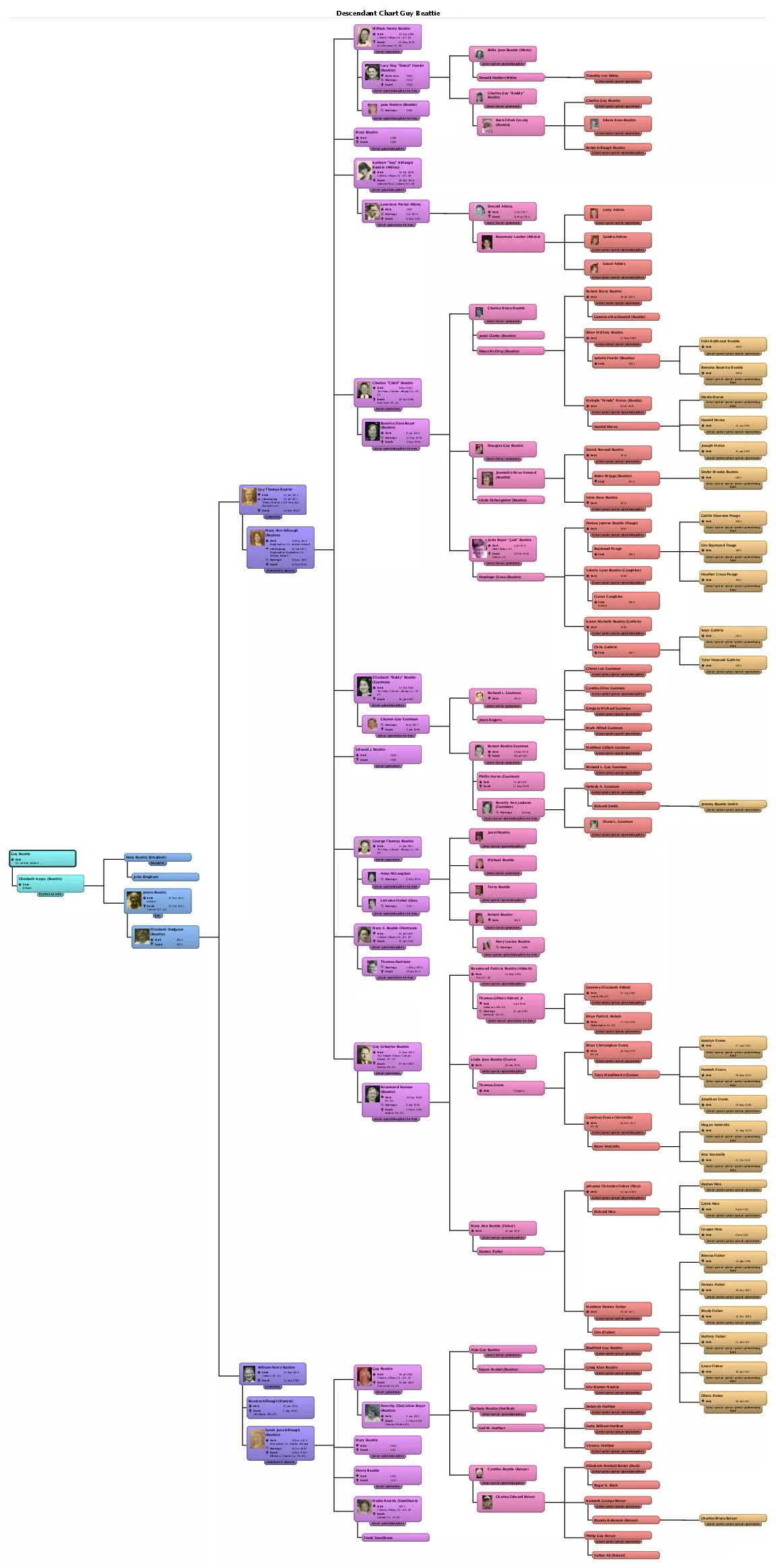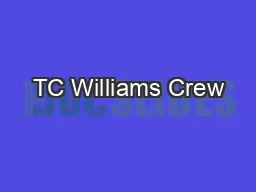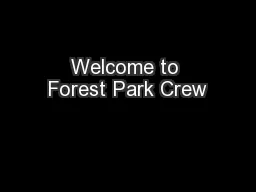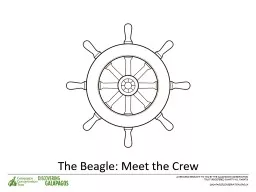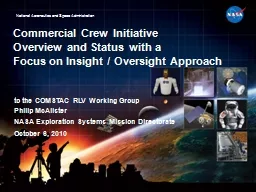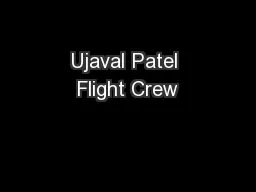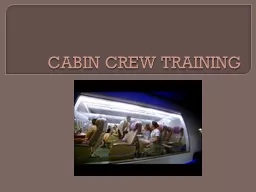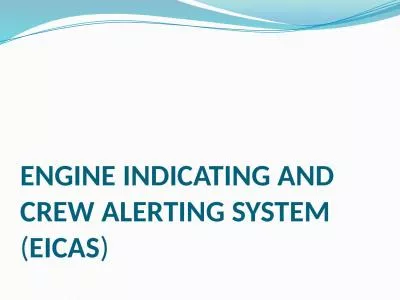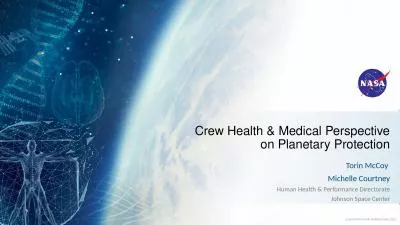PPT-The Great Crew Change: What’s
Author : karlyn-bohler | Published Date : 2019-03-16
Next for the Oil and Gas Industrys Workers Todd Burdette Rich Milligan P2 Confidential October 17 2013 P2 Confidential 2 The upstream oil and gas industry is undergoing
Presentation Embed Code
Download Presentation
Download Presentation The PPT/PDF document "The Great Crew Change: What’s" is the property of its rightful owner. Permission is granted to download and print the materials on this website for personal, non-commercial use only, and to display it on your personal computer provided you do not modify the materials and that you retain all copyright notices contained in the materials. By downloading content from our website, you accept the terms of this agreement.
The Great Crew Change: What’s: Transcript
Download Rules Of Document
"The Great Crew Change: What’s"The content belongs to its owner. You may download and print it for personal use, without modification, and keep all copyright notices. By downloading, you agree to these terms.
Related Documents

